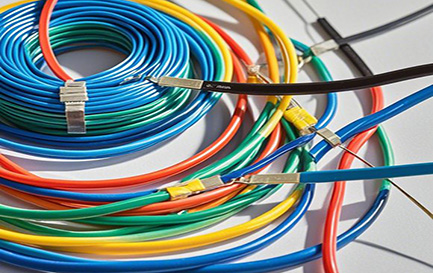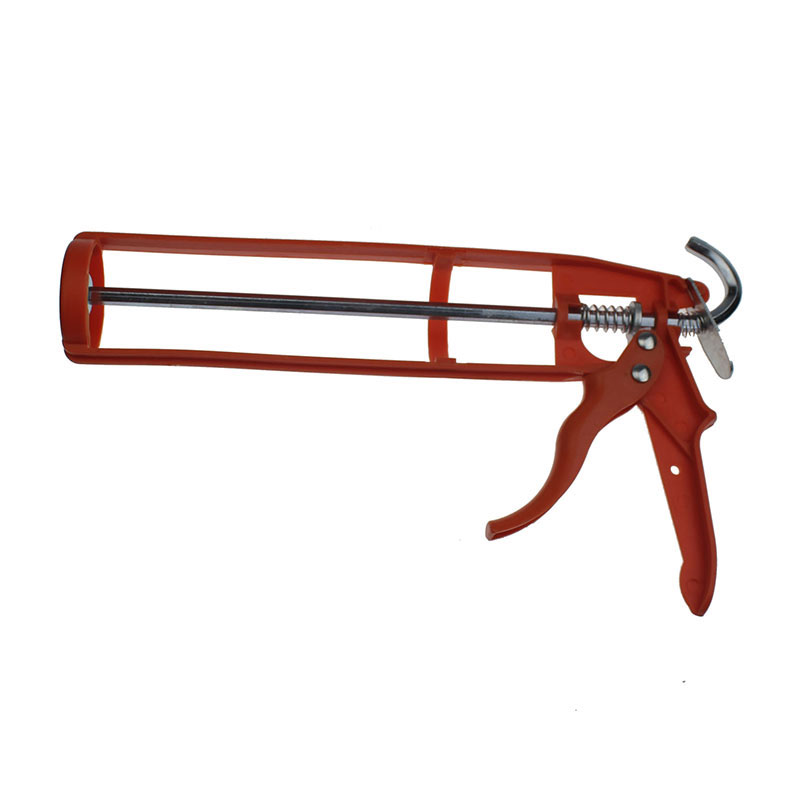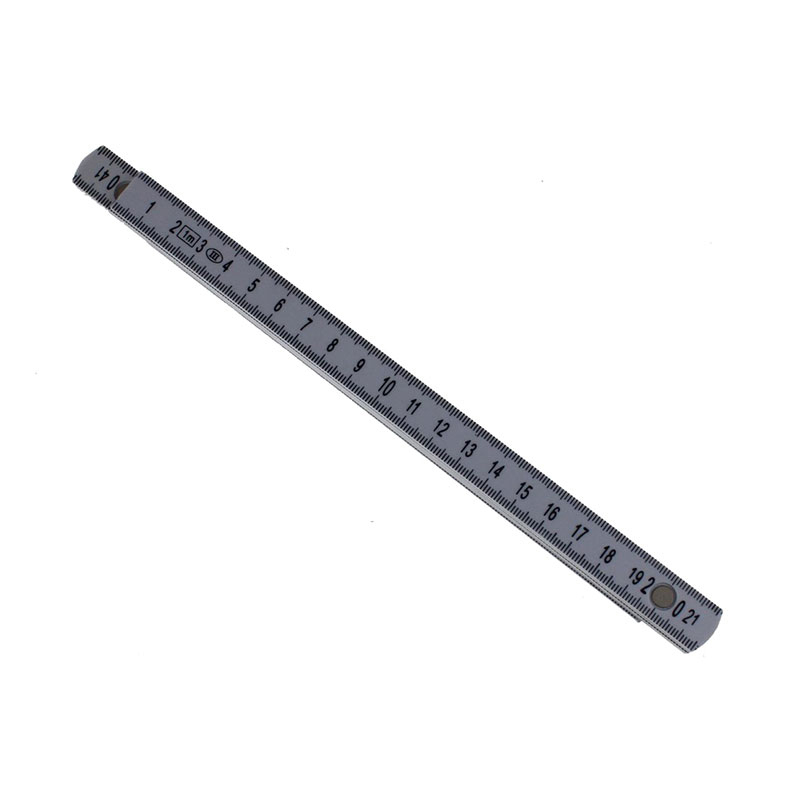Let's Learn the Basics of Cable Ties
Cable ties, also known as zip ties, are simple yet essential tools in various fields, from electronics and electrical work to home organization and industrial applications. Understanding their basics is crucial for anyone who wants to make the most of these versatile fastening devices.

What are Cable Ties?
Cable ties are thin, flexible straps made typically of nylon or plastic. They consist of a long, narrow strip with a head at one end. The strip has a series of teeth or ridges on one side, and the head contains a locking mechanism. When the free end of the tie is inserted through the head and pulled tight, the teeth engage with the locking mechanism, preventing the tie from loosening. This creates a secure and adjustable loop that can be used to bundle and fasten objects together.
Sizes and Strengths
Cable ties come in a wide range of sizes and have different tensile strengths. The size is usually determined by the length and width of the tie. Common lengths can vary from a few inches to several feet, allowing for flexibility in different applications. For example, shorter cable ties are suitable for bundling small groups of wires or cables in electronics projects, while longer ones can be used to secure larger bundles or even for applications like attaching plants to stakes in gardening.
The tensile strength indicates the maximum amount of force the cable tie can withstand before breaking. It is measured in pounds or kilograms. Low-strength cable ties, with a tensile strength of around 18 pounds, are sufficient for light-duty tasks such as organizing computer cables. Medium-strength ties, ranging from 50 to 100 pounds, are used for more demanding applications like securing bundles of electrical wires in a building's wiring system. High-strength cable ties, with tensile strengths exceeding 100 pounds, are employed in heavy industrial settings, such as securing heavy-duty hoses or cables in construction or manufacturing environments.
Colors and Identification
Cable ties are available in a variety of colors. While the color may seem like a cosmetic choice, it can actually serve an important purpose in organization and identification. For example, in an electrical panel, different colored cable ties can be used to group and identify different circuits or types of wires. This makes it easier for technicians to quickly locate and work on specific wire bundles, reducing the risk of errors and improving maintenance efficiency.
Applications
In the electrical and electronics industries, cable ties are used to neatly bundle and route wires and cables. This not only improves the appearance of the installation but also helps prevent tangling and damage to the wires. They are also used to secure components in place, such as attaching circuit boards to chassis or fastening sensors and actuators.
In the automotive field, cable ties are used to manage wiring harnesses, keeping them organized and protected from abrasion and vibration. They can also be used to secure hoses and other components under the hood.
Around the home, cable locks are handy for organizing cords behind desks, televisions, and other electronics. They can also be used to bundle garden hoses, secure tent ropes, and even for simple DIY projects like attaching labels or small objects to surfaces.
Installation and Removal
Installing a cable tie is straightforward. Simply thread the free end of the tie through the head and pull it tight until the desired level of tightness is achieved. To remove a cable tie, if it is a standard one-time-use tie, it is usually cut with wire cutters or scissors. However, there are also reusable cable ties available that have a release mechanism, allowing them to be opened and closed multiple times.
In conclusion, cable ties are a ubiquitous and valuable tool. Their simplicity, versatility, and wide range of sizes and strengths make them suitable for countless applications. Whether you're a professional electrician, a DIY enthusiast, or just someone looking to keep things organized, having a good understanding of cable ties and their basics is sure to come in handy.








